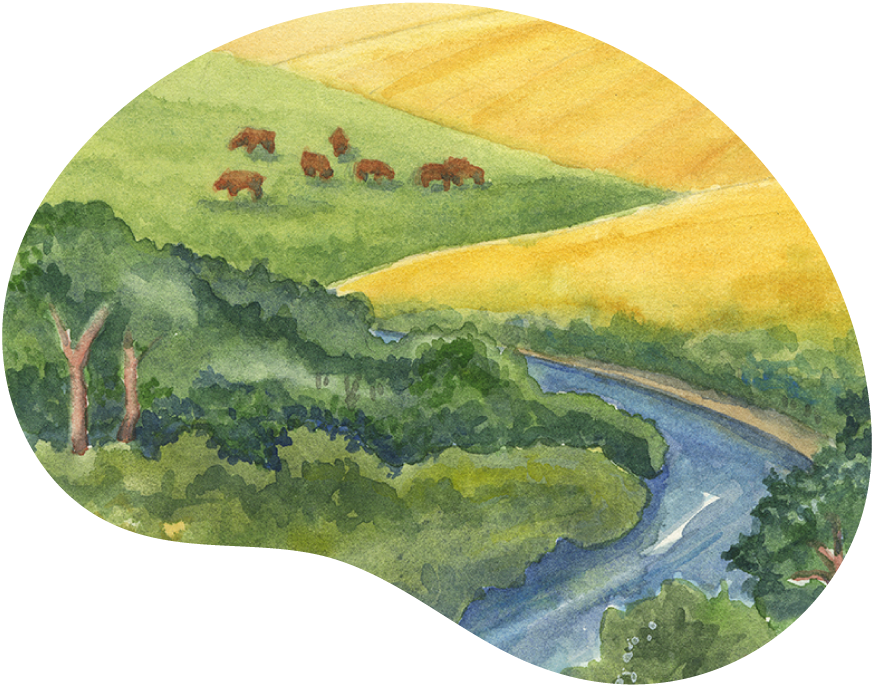What are the functions of riparian areas?
Although riparian areas provide similar functions for flowing (streams/rivers) and non-flowing (lakes/wetlands) systems, there are some differences:
| Stream and Rivers | Lakes and Wetlands |
| trap sediment | trap and store sediments; prevent re-suspension of sediments |
| build and maintain banks | build and maintain shorelines and banks |
| reduce flood damage | reduce damage from high water levels and wave action |
| store water, especially flood water | store water, especially flood and spring runoff water; act as a surface reservoir |
| extend perennial flows or levels by recharging underground aquifers | extend seasonal or long-term levels by recharging underground aquifers |
| dissipate flow and ice energy | dissipate wave and ice energy |
| high primary production, including forage and shelter values | high primary production, including forage and shelter values |
| maintain or improve water quality | maintain or improve water quality |
| filter and buffer water, both from over-land flow (runoff) and water from within the channel | filter and buffer water, both from over-land flow (runoff) and water from within the basin |
| maintain biodiversity¹ | maintain biodiversity¹ |
| trap nutrients and sediments to balance nutrient cycling, in-filling and primary production |
¹biodiversity: The variety of life in all its forms, levels and combinations. Includes ecosystem diversity, species diversity, and genetic diversity (IUCN, UNEP and WWF, 1991).
Please refer to Caring for the Green Zone editions Riparian Areas and Grazing Management or Riparian Areas: A User’s Guide to Health to learn more about the functions of riparian areas.




